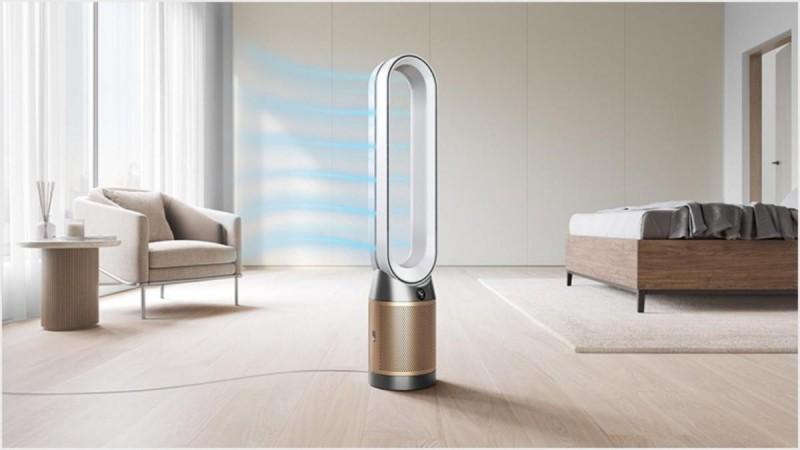A hot cup of tea with a side of onion rings sounds great in this monsoon season, but there's more to this pouring season than meets the eye. It is a widely-accepted fact that rains clean up the air and settle the dust around us. But it may come as a surprise to many that monsoons can also be a trigger for allergies, respiratory in particular.
In monsoons, we tend to spend more time indoors, be it in offices or homes. And if the work-from-home is still continuing, there's little reason to step out. The rain spells may force you to be indoors, but that could also be the reason for allergies to have gotten worse. Itchy watery eyes, sneezing, stuffy nose, and wheezing are just as bad if not worse when you are indoors, and the culprits are lurking in the corners of your house and are airborne, too.

How do monsoons affect indoor air quality?
The humidity levels go up during the monsoons, which means you are surrounded by damp surfaces and exposed to a higher level of indoor pollutants as well, which can trigger respiratory allergies. The air inside our homes contains pollutants that are classified as particulate matter (PM), which are found in the air such as pollen fragments, dust mite fragments and dust mite faeces besides particles coming from outdoor pollution, like brake dust and vehicle exhaust particles.
Dust mites, pollen, pet dander, mold, cockroach droppings, and dust mites are some of the allergy triggers to be blamed. These particles can be invisible to the naked eye, just 2.5 microns in size or larger. And increased humidity sets the ideal condition for these allergens to grow.
![It's monsoon season; keep a check on your allergies It's monsoon season; keep a check on your allergies [see how]](https://data1.ibtimes.co.in/en/full/775088/its-monsoon-season-keep-check-your-allergies-see-how.jpg?h=450&l=50&t=40)
Many believe that rains keep pollen counts low. Well, it's true to an extent. We spoke to Muzaffar Izamuddin, Design Manager, Environmental Care at Dyson, who explained that light-to-moderate rainfall has been found to decrease pollen levels as it can directly wash out airborne pollen, but heavy rain can have the opposite effect.
"A comprehensive review of US meteorological and pollen count data found that less than 10cm of precipitation tended to reduce pollen levels. But more than 10cm had the reverse effect, tending to increase airborne pollen levels," Izamuddin tells us.
What can you do?
Below are some helpful tips that will help you prevent allergy symptoms:
- Avoid spending significant amounts of time outside on high pollen days.
- Keep windows and doors shut at home and in your car during high pollen days.
- Shower – and have your family do the same – when they come in from outside in order to get rid of allergens they track in from outdoors.
- Wash clothing after coming in from outdoors.
- Wear a filter mask when doing yard work such as mowing the lawn or raking leaves.
- Protect your eyes and nose with masks or glasses while outdoors.
- Vacuum your home regularly with a closed system vacuum cleaner.
- Launder linens often and freeze stuffed animals that cannot be washed in warm water.
- Deep clean carpets and wash floors to reduce dander, dust mites, and other triggers.
- Wash greenery such as plants before you bring them in from outside so they are free of mold and insects.
It can be suggestive to invest in an effective air purifier, which has HEPA and carbon filters. Ensure that the air purifier you get has a sealed filtration system, something which can be found in Dyson's range of air purifiers.

Read: Dyson Purifier Cool Formaldehyde review
Advanced machines can trap 99.95 percent of particles as small as 0.1 microns and the activated carbon can capture gases like VoC, and nitrogen dioxide, which are a byproduct of certain cleaning products or cooking.

















